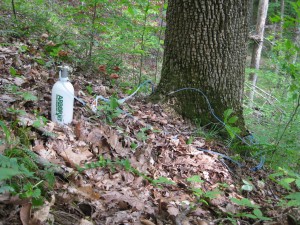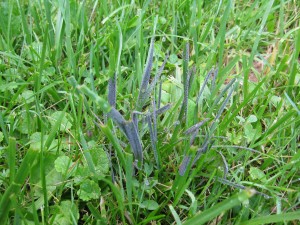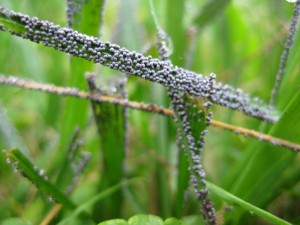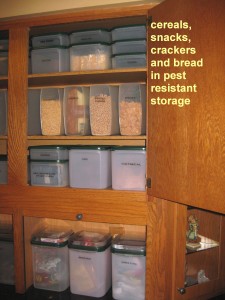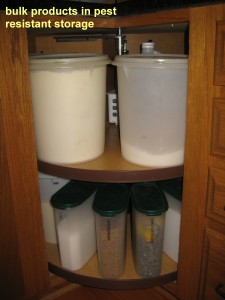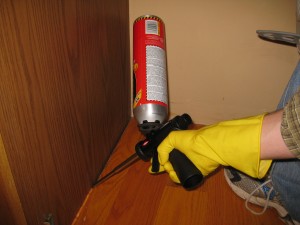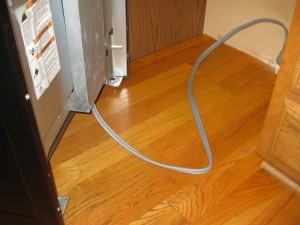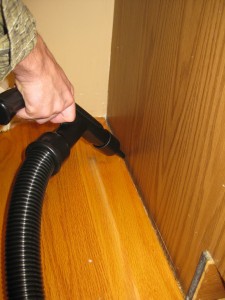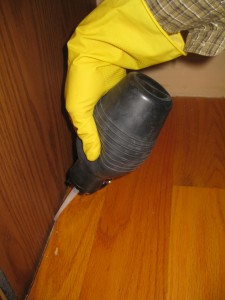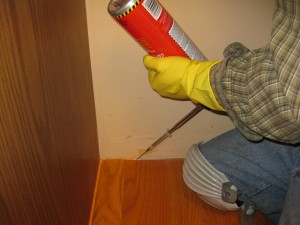IPM = Integrated Pest Management
Invasive Pest Solutions™ offers consulting and services for Integrated Pest Management. Prevention is the foundation of IPM. Ask us about our exclusive Seven Zone Defense™ Service-Pack.
IPM is an abbreviation for Integrated Pest Management. The best summary explanation may be found in the epa.gov IPM Factsheet.
Quoting from the IPM Factsheet,
Integrated Pest Management (IPM) is an effective and environmentally sensitive approach to pest management that relies on a combination of common-sense practices.
IPM programs use current, comprehensive information on the life cycles of pests and their interaction with the environment. This information, in combination with available pest control methods, is used to manage pest damage by the most economical means, and with the least possible hazard to people, property, and the environment.
The IPM approach can be applied to both agricultural and non-agricultural settings, such as the home, garden, and workplace. IPM takes advantage of all appropriate pest management options including, but not limited to, the judicious use of pesticides.
IPM approaches pest management using a four tier approach:
- Set Action Thresholds
- Monitor and Identify Pests
- Prevention
- Control
Set Action Thresholds
Action thresholds for bugs and other pests in homes, businesses, and personal habitats relate to personal tolerance limits for bugs in human habitats, indoors and out, to economic losses due to pests, and to health and safety. Most people tolerate sighting occasional bugs and mice outdoors, but we all draw the line at regular sightings inside dwellings. Tolerance levels may be different for different bugs. Sighting a single German cockroach in the kitchen is reason for concern and exceeds our suggested threshold limit for this invasive pest in food processing and serving areas or anywhere in the home or business dwelling. By contrast, sighting a single native Pennsylvania wood cockroach when gathering wood from the outdoor woodpile may not be reason for concern. Specific pests found at or above a threshold limit prompts control actions. Proper identification and monitoring of pests is essential for success.
Monitor and identify pests
Identifying pests correctly and monitoring pests in human habitats is essential for IPM success. From the epa.gov Factsheet:
Not all insects, weeds, and other living organisms require control. Many organisms are innocuous, and some are even beneficial. IPM programs work to monitor for pests and identify them accurately, so that appropriate control decisions can be made in conjunction with action thresholds. This monitoring and identification removes the possibility that pesticides will be used when they are not really needed or that the wrong kind of pesticide will be used.
Prevention
Prevention is key to Integrated Pest Management. Prevention activities encompass dwelling and landscape design, construction, maintenance, and management, and the cultural practices used to sustain sanitation and limit harborage, and the careful storage and use of food for people and pets. Simple regular activities such as mopping the kitchen floor and cleaning up leftover pet food are important for IPM success. Exclusion activities such as closing cracks and crevices and eliminating harborage for pests are important for success. Proper prevention practices consider the life cycles of problem pests and attempt to disrupt the life cycles by removing food, shelter, and moisture supporting the pests. From the epa.gov Factsheet:
As a first line of pest control, IPM programs work to manage the crop, lawn, or indoor space to prevent pests from becoming a threat. These control methods can be very effective and cost-efficient and present little to no risk to people or the environment.
Control
From the epa.gov Factsheet:
Once monitoring, identification, and action thresholds indicate that pest control is required, and preventive methods are no longer effective or available, IPM programs then evaluate the proper control method both for effectiveness and risk. Effective, less risky pest controls are chosen first, including highly targeted chemicals, such as pheromones to disrupt pest mating, or mechanical control, such as trapping or weeding. If further monitoring, identifications and action thresholds indicate that less risky controls are not working, then additional pest control methods would be employed, such as targeted spraying of pesticides. Broadcast spraying of non-specific pesticides is a last resort.
Invasive Pest Solutions™ supports client efforts to employ Integrated Pest Management. Many of our specific services center on prevention, monitoring and identification of pests, and control of pests in human habitats; homes, businesses, and landscapes.
